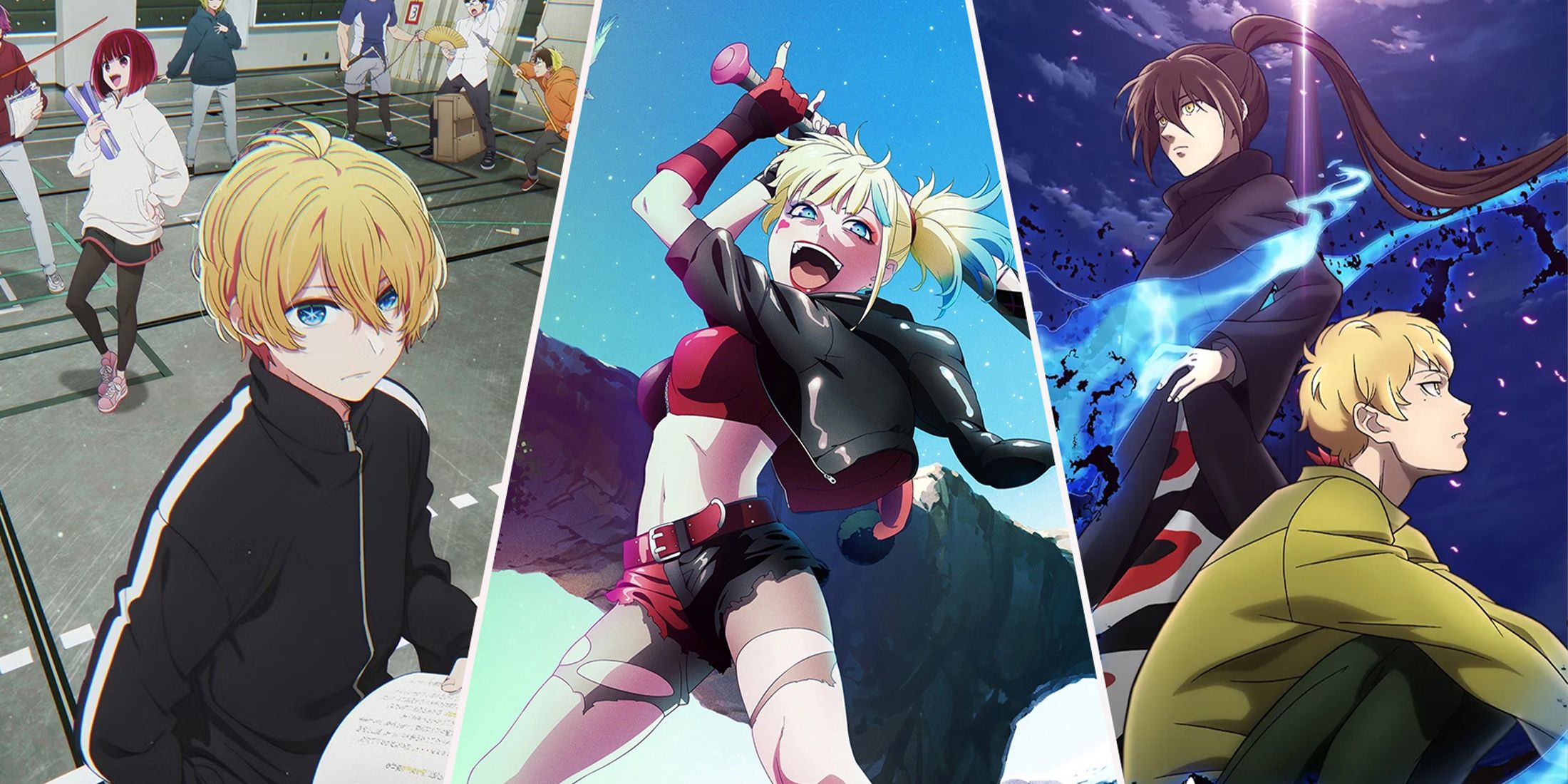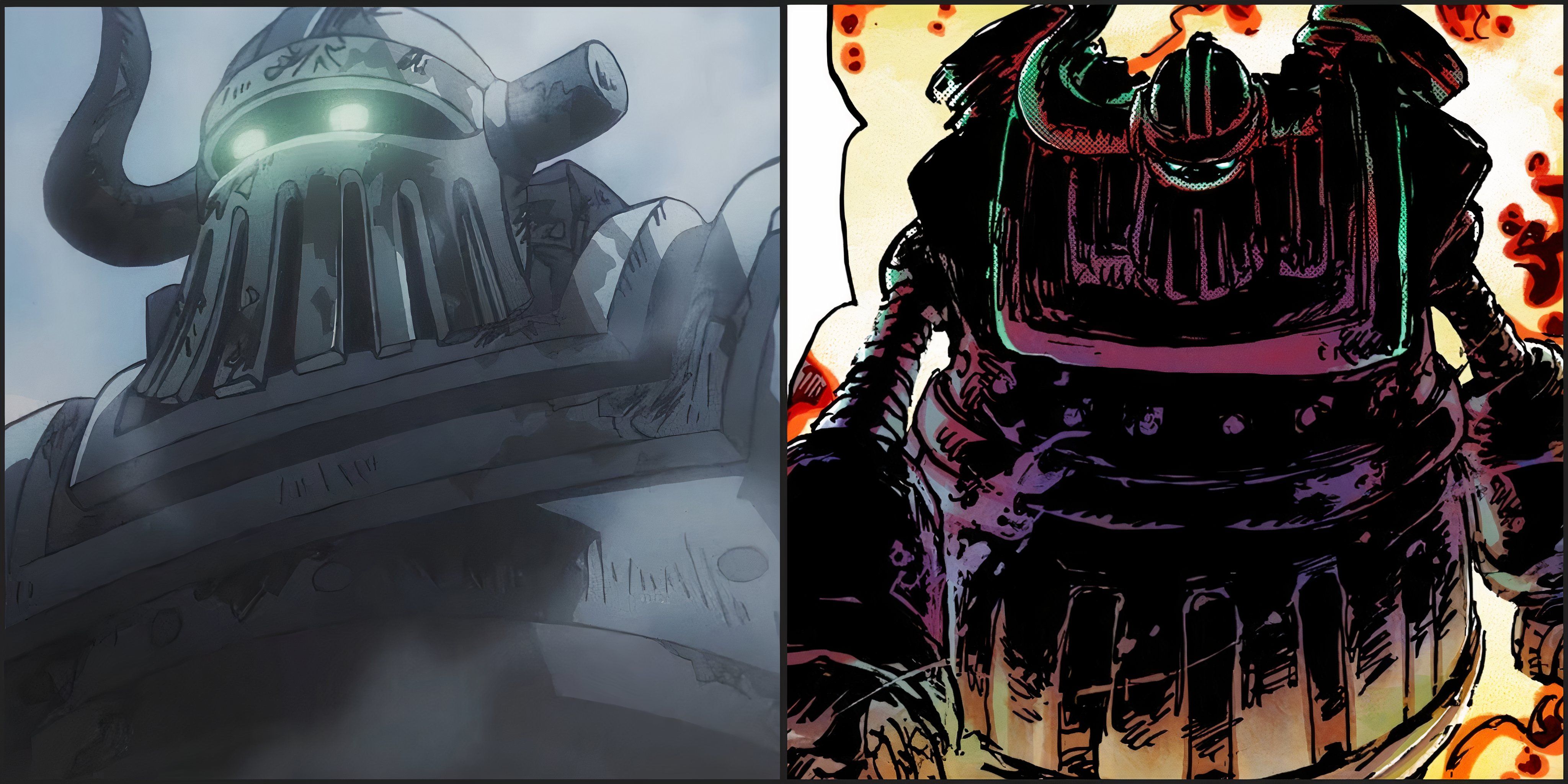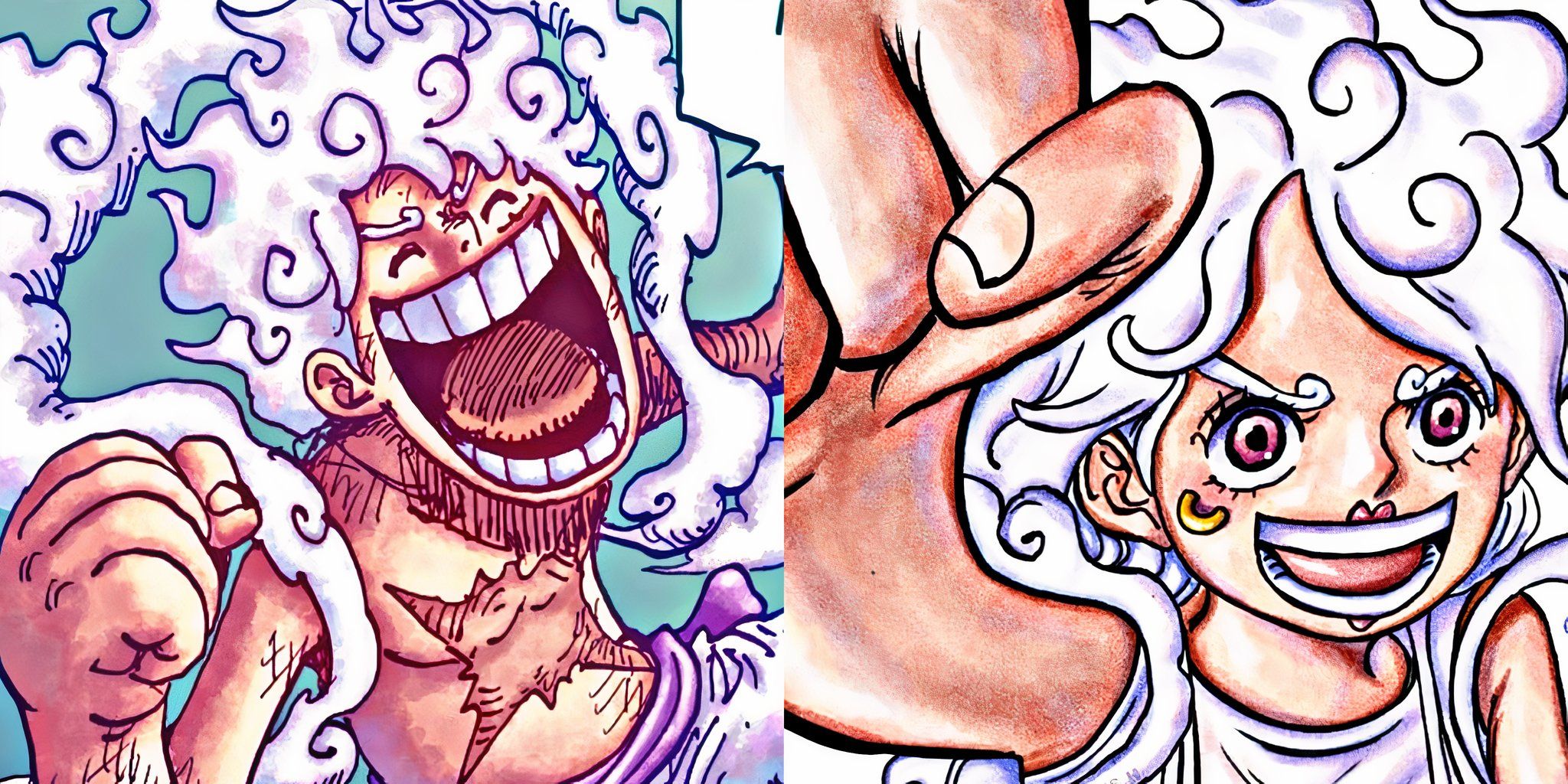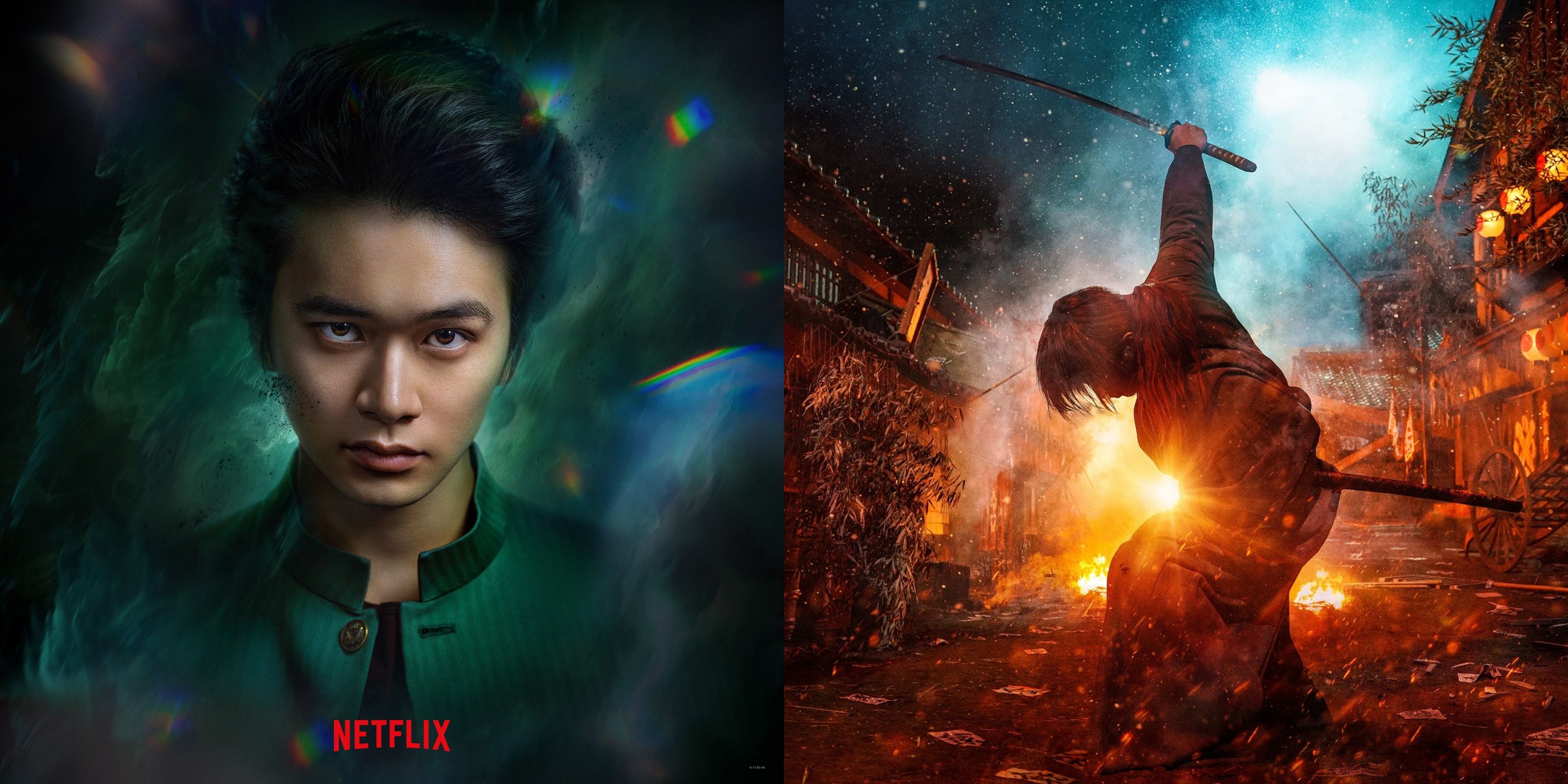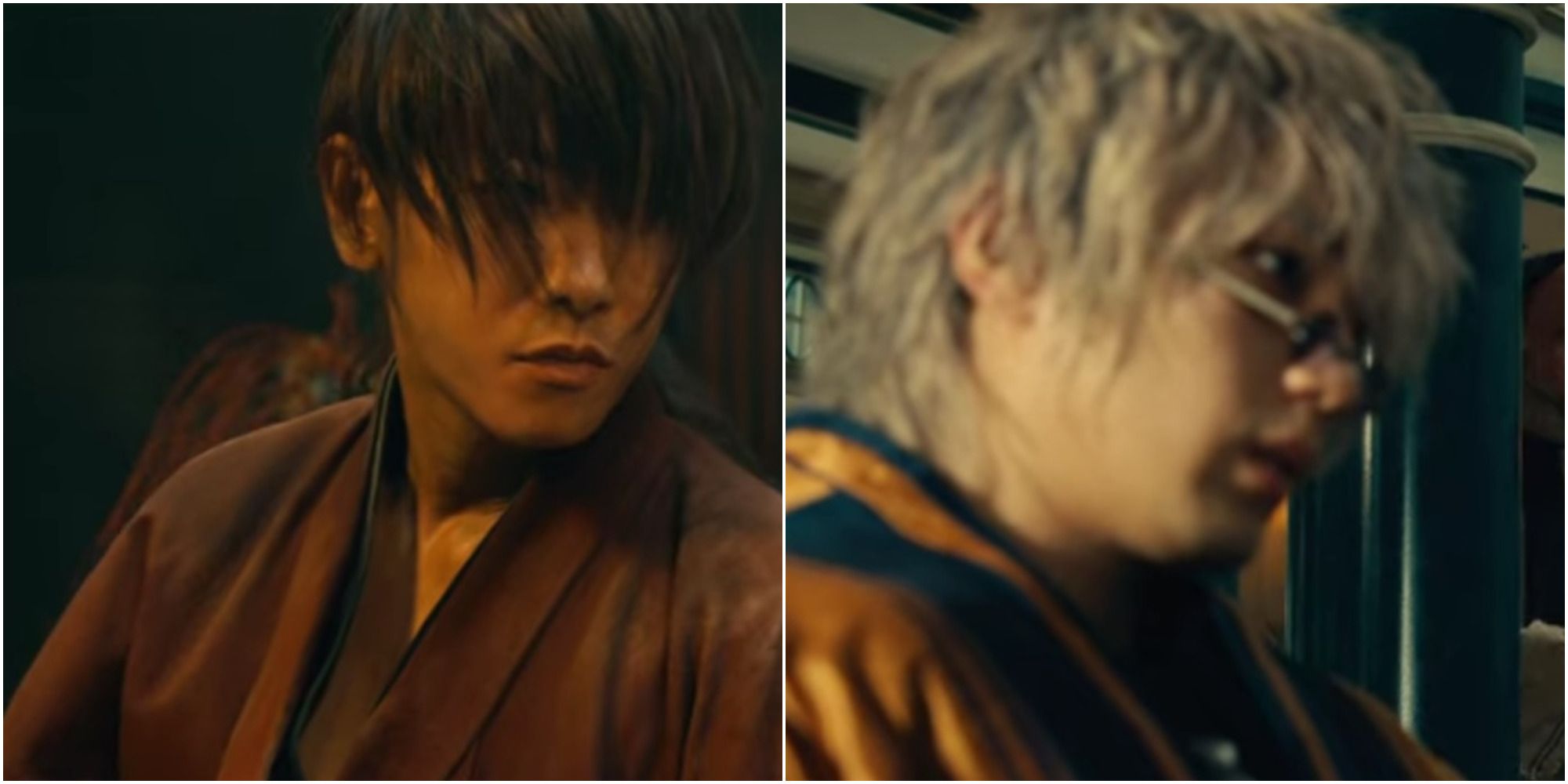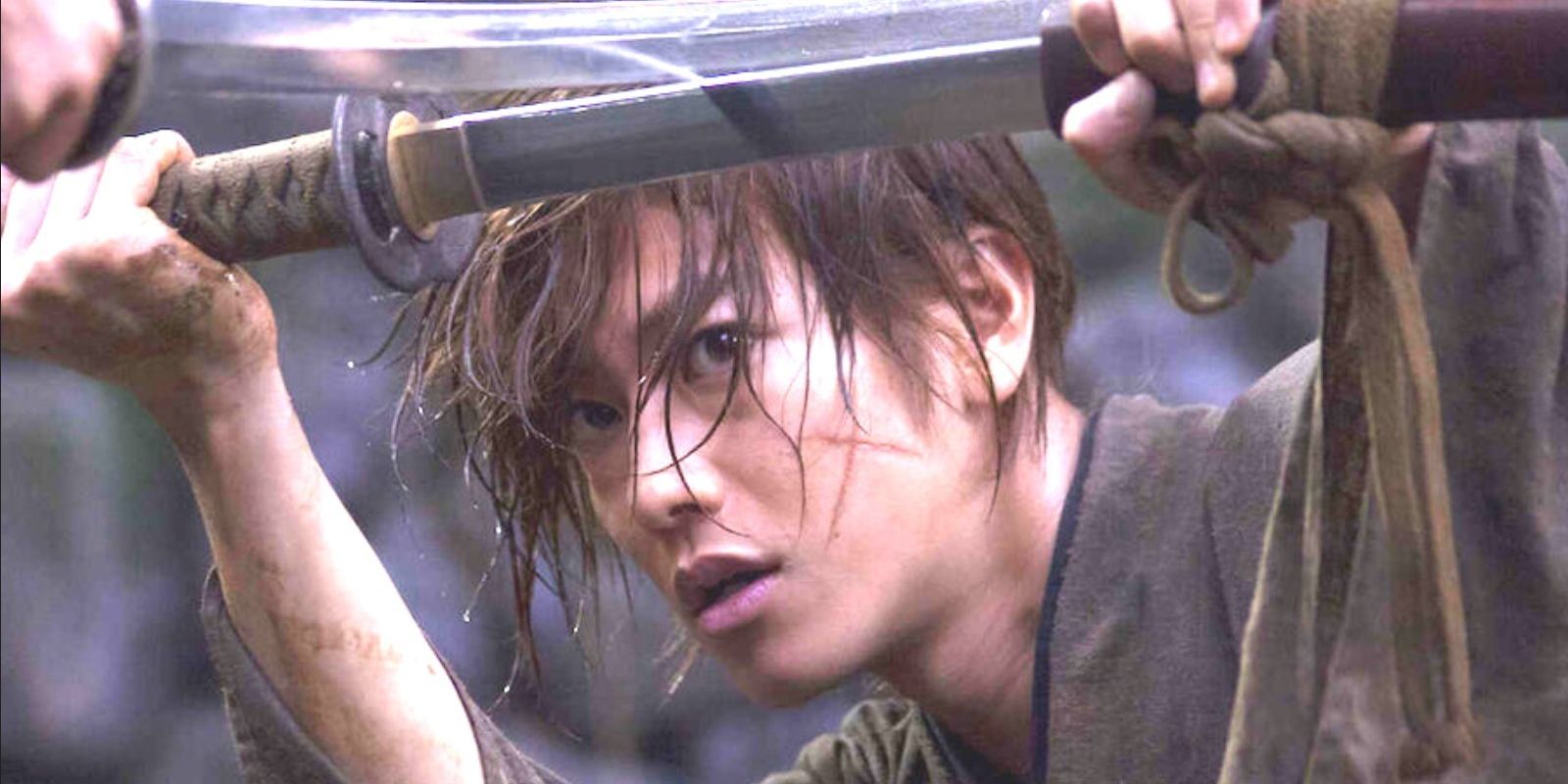In the grand history of adapting beloved manga and anime into live-action movies and series, Netflix has primarily been seen as a force for evil. Its many high-profile failures have soured the fanbase on the concept, provoking beleaguered sighs from most hardcore fans whenever their favorite series starts getting its glossy new posters.
There has always been and will always be a new poster child for the folly of live-action anime adaptations. A decade ago it was the widely despised Dragonball Evolution, half a decade later it was Death Note, and last year it was Cowboy Bebop. With some of the most brilliant and beloved names in anime dragged through the mud, some might be surprised to hear that there are a few good ones.
Announced over a year ago, the first images of Netflix's Yu Yu Hakusho are finally hitting the internet, and reactions are mixed. With the wounds of Cowboy Bebop's recent adaptation and almost immediate cancellation fresh in the minds of most anime fans, trusting another huge 90s mainstay to the company is tough. While it's far from the worst entry in the medium, that series was one of the most heavily publicized failures of modern memory. There's a fair amount of "what not to do" to pick up from the adaptation of Shinichiro Watanabe's opus, but the upcoming Yu Yu Hakusho adaptation might get a better education from a better project.
Rurouni Kenshin: The Final dropped last year, and it may be the best live-action take on a classic anime ever to be funded by Netflix. It's the fourth film in the series based on Nobuhiro Watsuki's iconic 1994 manga series of the same name. The manga series was a standout among the stories of the day for its strong themes, distinctly grounded style, and elegantly beautiful character design. Many see it as an inspiration for many modern shonen series that blend comedy, action, and drama. The film adaptations began in 2012 with a series of serviceable but not groundbreaking samurai action dramas which still comfortably rank in the upper echelon of live-action anime adaptations. The films were all written and directed by Keishi Otomo, who is also well known for live-action takes on Museum and March Comes In Like a Lion. Viewers with even the most basic understanding of the premise of the series can jump into the fourth film without needing to watch the other three.
Himura Kenshin, a gifted former assassin who now keeps a solemn vow to never take another life, is living quietly in hiding when his world is upended by a new threat. Shanghai mafia leader Yukishiro Enishi arrives in Tokyo to make Kenshin suffer for a murder he committed in his former career. To that end, Enishi gathers a band of colorful warriors who each have their own grudge against Kenshin to wage war on Tokyo. As more lives are drawn into danger and the city threatens to burn to the ground, Kenshin must do battle with his old foes while staying true to his peaceful ways. It's a simple enough story that works without knowledge of the source material and stands on its own as a creative samurai film.
Though Rurouni Kenshin: The Final is far from a perfect movie, it does do a lot of things right that will be crucial for Yu Yu Hakusho. It nails the most important aspects of adapting popular source material. Otomo isn't afraid to change details of the manga's storyline to better fit the format. Some hardcore fans might bristle at the new direction of an adaptation, some characters fans like may be left out, and the pacing might be different, but not everything can work in every medium. Knowing what to change and what to keep is one of the most important aspects of a work of adaptation. Though certain plot details don't make the transition, the keys that make Rurouni Kenshin beloved do still exist in The Final.
The two aspects of Rurouni Kenshin that The Final nails are its action and its theming. The high-flying fast-paced samurai action is perfectly preserved from manga page to anime art, to live-action special effects. Enishi might be one of the best anime characters ever to make it to a live-action film. Portrayed by Mackenyu, who is set to portray Zoro in Netflix's upcoming One Piece, he's a stellar villain in physicality and subtle performance. Watching him in action feels as close as possible to a real human who walked off the manga page. Meanwhile, Otomo understands the key themes of the manga and effortlessly translates them to the film's narrative. Any anime adaptation must get both of these elements across to hardcore fans and complete newcomers.
Yu Yu Hakusho might have a hard road ahead, but if its filmmakers learn the right lessons from their predecessors, they could make something good. Fans are likely already counting Netflix's entries in the medium out, but there may still be a chance to make a decent live-action take out of the 90s shonen classic.

